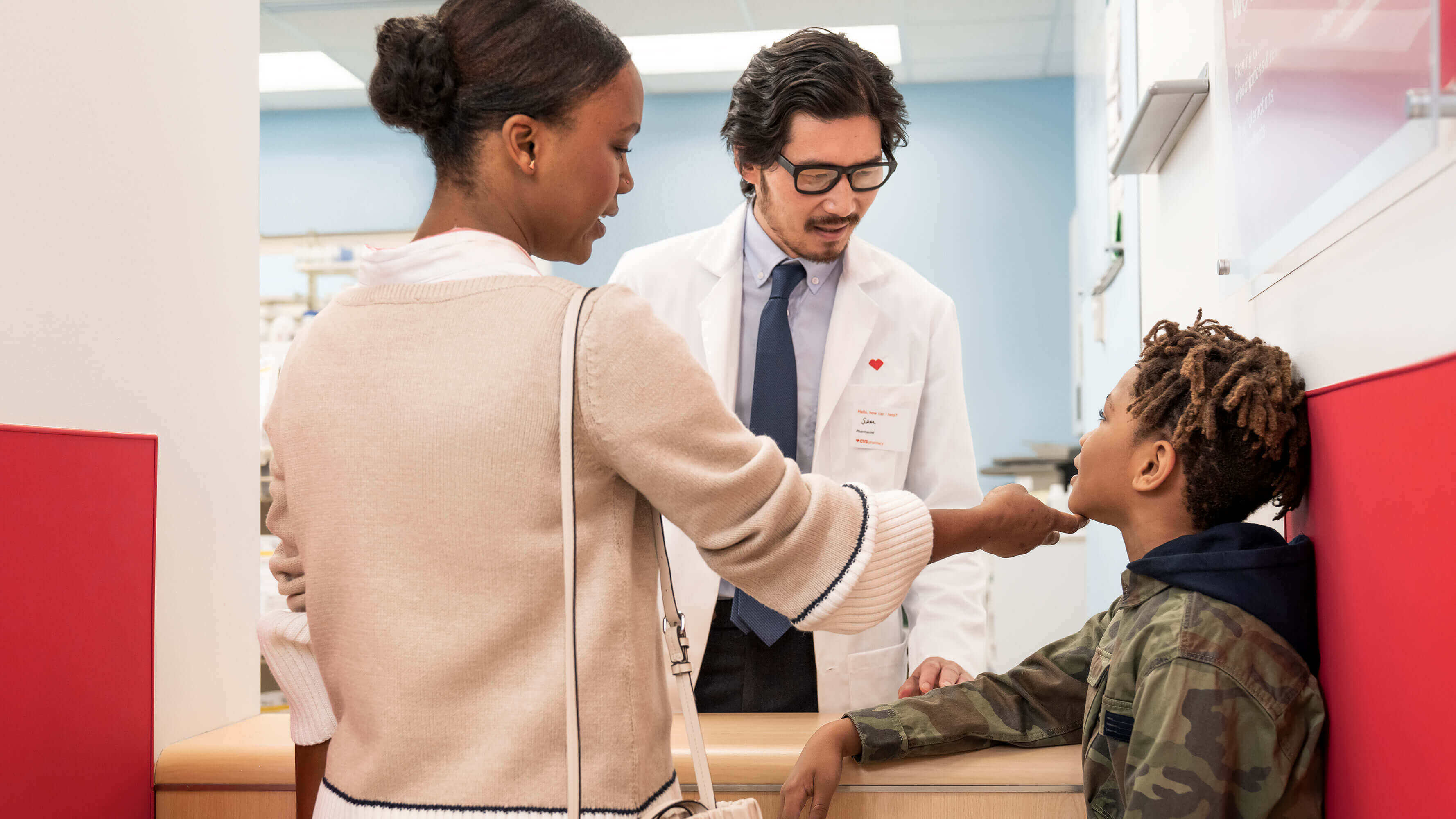Pharmacists and technicians have long been trusted health care providers in their communities and the expanded role they played throughout the COVID-19 pandemic fundamentally changed the way many Americans view their local pharmacy. Emergency flexibilities at a national level helped pharmacists demonstrate their ability to provide convenient, accessible care, aligned with their extensive training and education.
Expanding pharmacy services post pandemic
While the Public Health Emergency (PHE) declaration expired on May 11 — signaling an end to the emergency phase of the pandemic — there is growing recognition across stakeholders, from legislators to payors and consumers, of the value community pharmacy brings to the health care system. That’s why the Department of Health and Human Services intends to continue many of these pharmacy-based flexibilities at least through December 2024, pursuant to authorities under the Public Readiness and Emergency Preparedness (PREP) Act. This extension allows pharmacy teams to continue their critical role supporting patients of all ages by providing COVID-19 testing, certain vaccinations and COVID-19 treatment beyond the end of the PHE.
Many of the flexibilities that enable pharmacy teams to provide important access to critical COVID-19 and flu pharmacy care will remain for the time being. “We can’t take our foot off the gas,” said Prem Shah, Executive Vice President and Chief Pharmacy Officer, CVS Health and Co-President, CVS Pharmacy. “That’s why we’re advocating in every state and at the federal level to broaden and make permanent the quality, accessible clinical services our pharmacists can provide, and we know consumers want — and we’re working to help ensure those services are covered by insurance.”
The Equitable Community Access to Pharmacist Services Act (H.R. 1770), a bipartisan bill recently introduced in Congress, would enable Medicare beneficiary coverage of applicable testing, vaccination and treatment for pharmacist-delivered services beyond COVID-19 for respiratory conditions such as flu, strep throat and RSV. “Several states already allow pharmacists to provide additional services such as prescribing hormonal contraceptives, but much more can be done by state and federal regulators to ensure access to convenient, local care by providing a patient coverage pathway for pharmacist services,” said Shah.
Convenience of pharmacy care
“Because pharmacy is local and convenient, it only makes sense for more pharmacy-based care services to be available consistently across the country. In fact, 90% of Americans live within five miles of a community pharmacy and it’s one of the most frequent touch points in the health care system, with 60% of Americans reporting they visit their pharmacy at least once a month. Legislation like H.R. 1770 will better support Americans, particularly seniors, and will also recognize pharmacists as health care providers, enabling them to practice to the top of their training and education,” said Shah.
As COVID-19 moves into an endemic phase, it’s a historic time in community pharmacy. Legislative and regulatory steps could ensure that patients can continue to receive important care at their local pharmacies and that pharmacists are recognized as providers who offer the same level of clinical quality and rigor as other covered health care professionals.

.jpeg)
